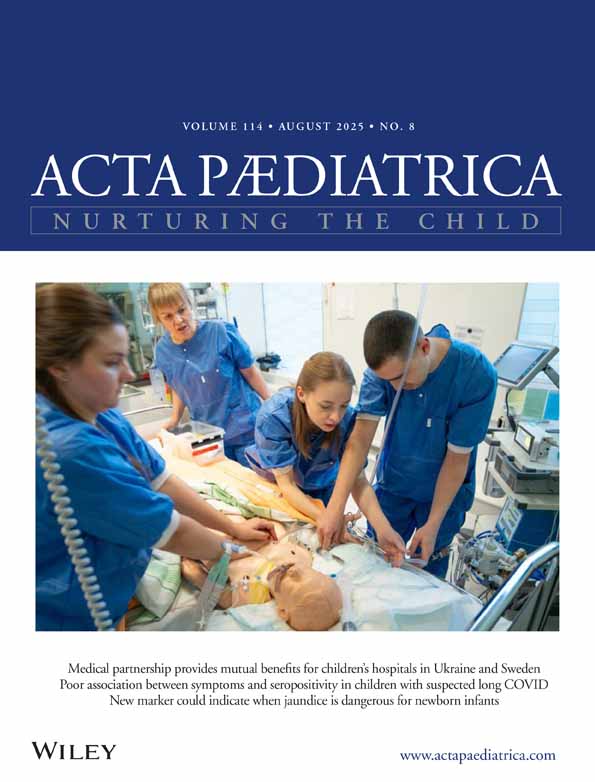The clinical indications for identical pathogenesis of isolated and non-isolated testicular relapses in acute lymphoblastic leukaemia
Abstract
In the present population-based study, we compared the clinical data of testicular relapses with and without concurrent bone marrow relapse and clinical data of the relapses in other locations among boys with acute lymphoblastic leukaemia (ALL), in order to study the possible evidence of early sequestration and local regulation of leukaemic lymphoblast in the testis of humans. The results suggest that the pathogenesis of isolated testicular relapse (T) and testicular relapse with a concurrent bone marrow relapse (T + BM) is likely to be similar. Isolated and non-isolated testicular relapses appeared late after the achievement of remission (T 34 ± 16 months, T + BM 32 ± 15 months) in ALL compared to relapses in other locations (CNS23 ±11 months, BM 25 ± 19 months). The better prognosis after testicular relapses (estimated second event free survival probability, 2-EFS: T 0.63, T + BM 0.32) compared to bone marrow relapse (2-EFS: BM 0.13) further suggests that testicular relapse with a concurrent bone marrow relapse possibly originates from the isolated testicular relapse, and that the isolated testicular relapse is a separate entity and not a manifestation of systemic recurrence. Higher frequencies of isolated and non-isolated testicular relapses (T 9%, T + BM 5%) were observed among boys with onset of ALL in early puberty (10–12 y) compared to those among younger (T 4%, T + BM 2%) and older (T 0%, T + BM 0%) boys. The late occurrence, the possible association with hormonal maturation and the good prognosis after testicular relapses suggest a possible local regulation of the residual leukaemic lymphoblast in human testis.




